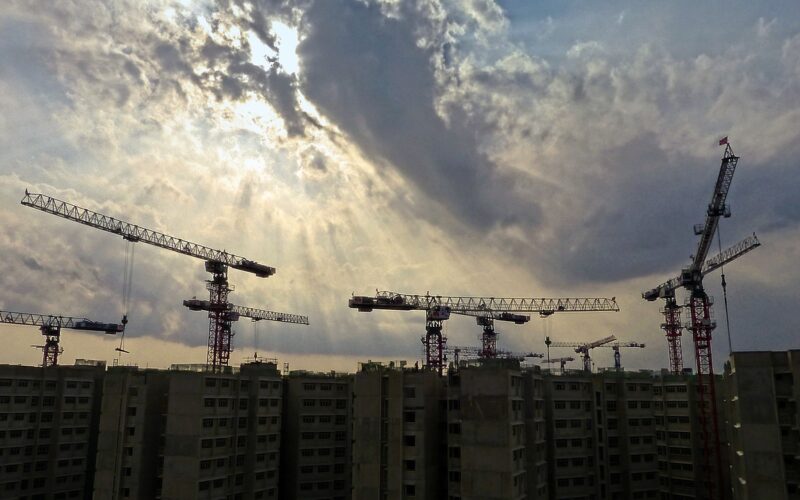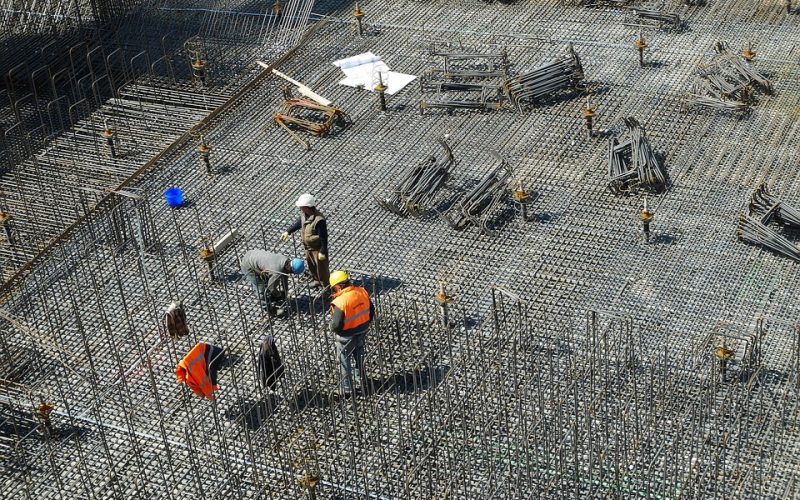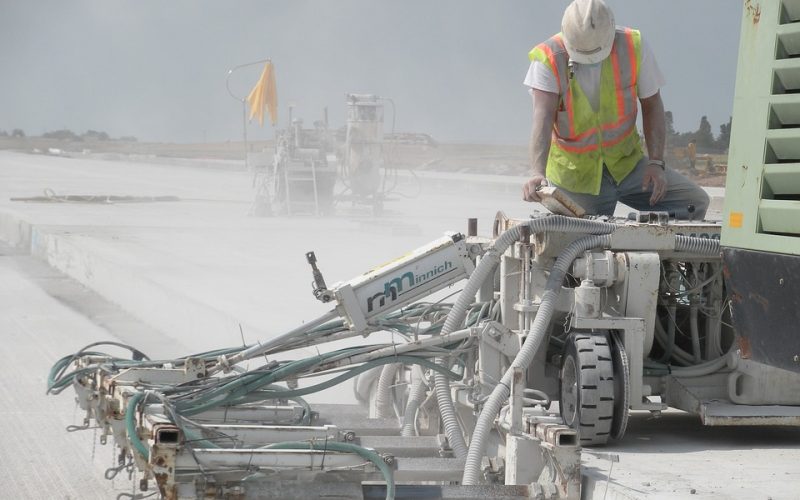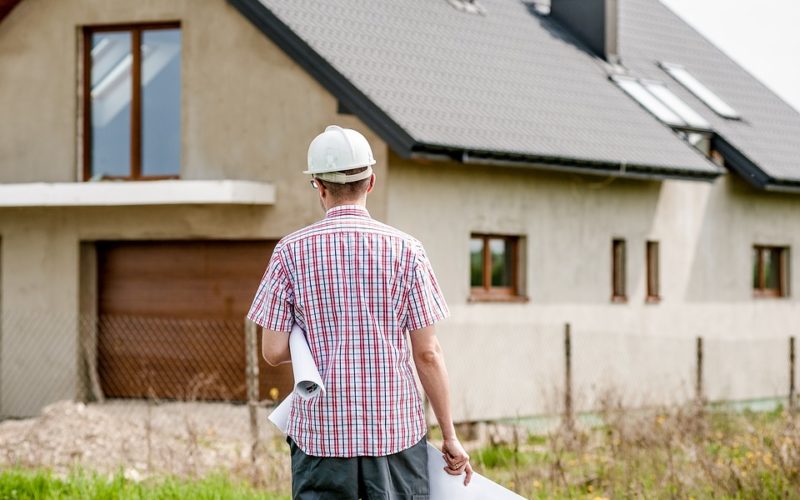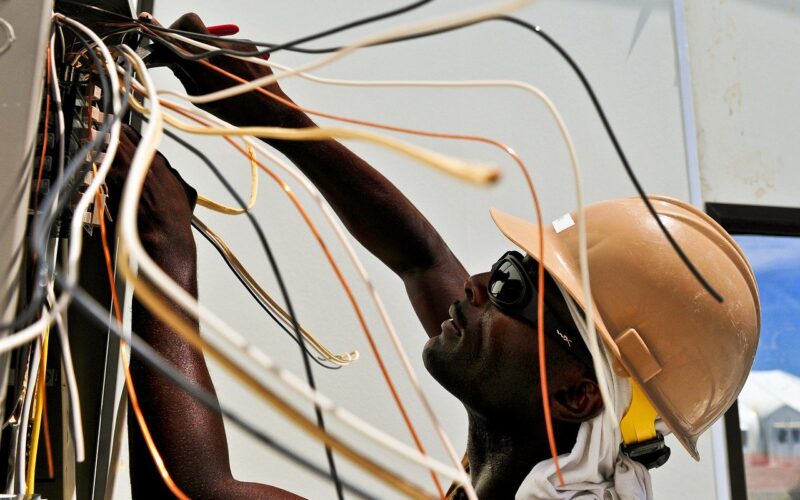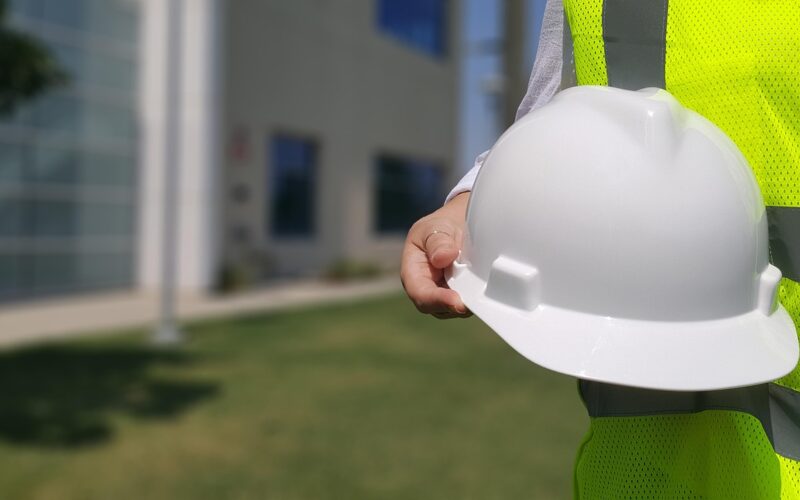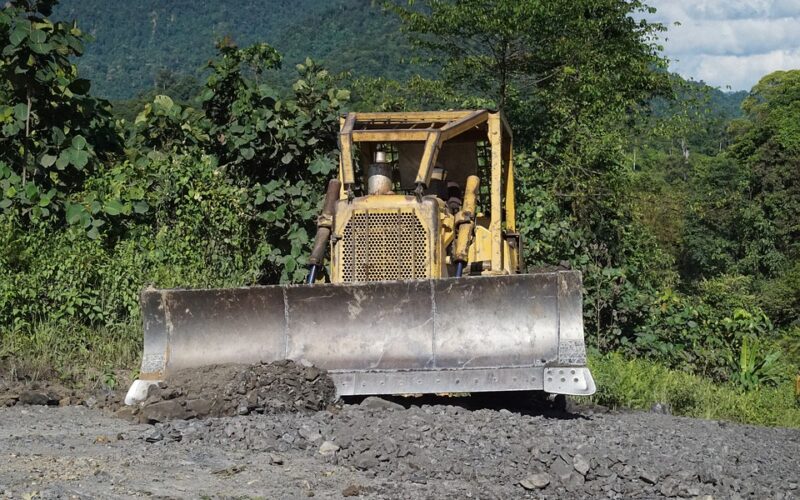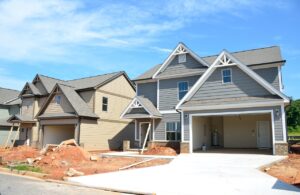Construction sites are buzzing hives of activity where structures rise from blueprints to become part of the urban fabric. Navigating the intricacies of such sites requires a deep understanding of safety protocols, efficient practices, and an eye towards sustainability and technological advancement.
The paramount importance of safety on site
Safety is the firm foundation on which all construction activities stand. Injury prevention and the wellbeing of workers are the top priorities, and achieving this requires rigorous adherence to safety standards and regulations. The implementation of comprehensive training programmes for all staff, regular safety drills, and the mandatory use of personal protective equipment (PPE) are some of the non-negotiable elements of a construction site.
Safety managers often conduct risk assessments to identify potential hazards, and these assessments form the basis for developing action plans aimed at mitigating risks. Technologies like wearable devices can now alert workers to potential hazards, while the use of netting and guardrails helps prevent falls—one of the leading causes of injury on construction sites.
Streamlining operations for maximum efficiency
Efficiency on a building site not only saves time and money but also reduces wasted resources, making it an essential focus for project managers. Effective communication among planners, site managers, contractors, and the supply chain is critical to ensuring that projects run smoothly without costly interruptions or delays.
Improving efficiency involves careful planning, like just-in-time delivery systems, which reduce storage costs and minimise the risk of material damage. Advanced scheduling software helps coordinate the multitude of tasks that need to be completed in precise order, while machinery and equipment advancements allow for quicker and more accurate work.
Incorporating sustainable practices into construction
The push towards sustainability has transformed construction sites into testbeds for environmentally-friendly building practices. Sustainable construction includes the use of recycled materials, reducing energy consumption through efficient machinery, and implementing proper waste management systems.
Green building certifications such as LEED (Leadership in Energy and Environmental Design) set benchmarks for sustainable construction and inspire companies to innovate and improve their environmental performance. These efforts on construction sites not only minimise the ecological footprint but can also result in more cost-effective long-term building maintenance and operations.
Leveraging technology for the future of building sites
Technology is dramatically reshaping the face of construction through digitisation and automation. Drones survey and map sites in a fraction of the time it would take a human team, and they provide crucial data for planning and monitoring progress. Meanwhile, autonomous or remotely-operated machinery can perform hazardous tasks, reducing the risk to human workers.
Building Information Modelling (BIM) is another technological revolution changing construction sites. This 3D modelling process goes beyond mere visualisation; it provides a digital representation of the building's characteristics and creates a data-rich model that can be used throughout the construction lifecycle.
Looking ahead, the integration of Artificial Intelligence (AI) into every aspect of construction is anticipated. From predictive analytics that prevent overruns and disruptions to AI-driven project management solutions, the future construction site could resemble a well-orchestrated symphony of precision and technological prowess.
The evolution of construction sites
Construction sites, like any dynamic industry, continue to evolve. They are being shaped by a combination of technological innovation, sustainability demands, and perennial commitments to safety and efficiency. Those who sculpt the skyline by working on these sites recognise the privilege and responsibility they hold. With every beam lifted and brick laid, they're not just constructing buildings—they're building the future.
